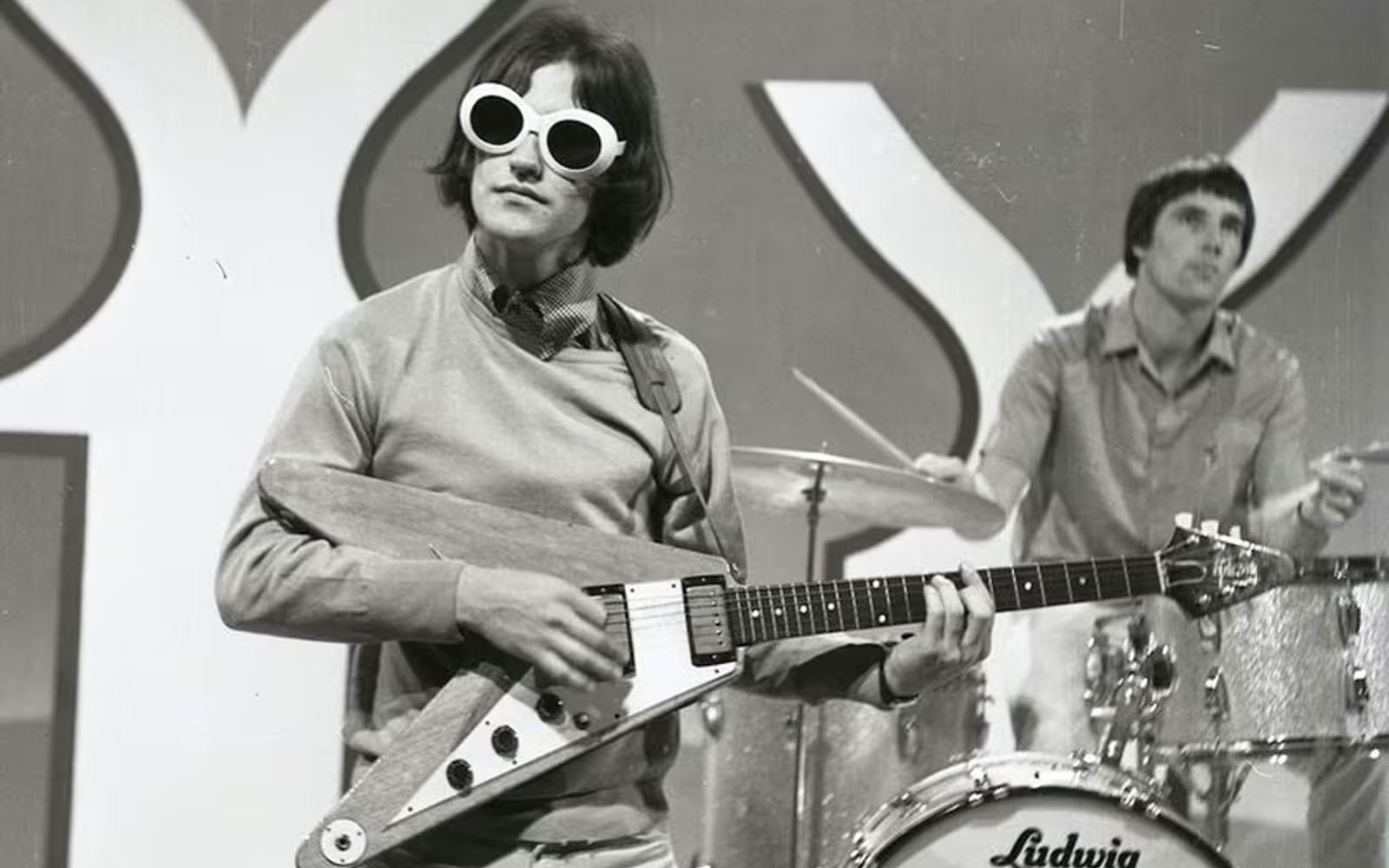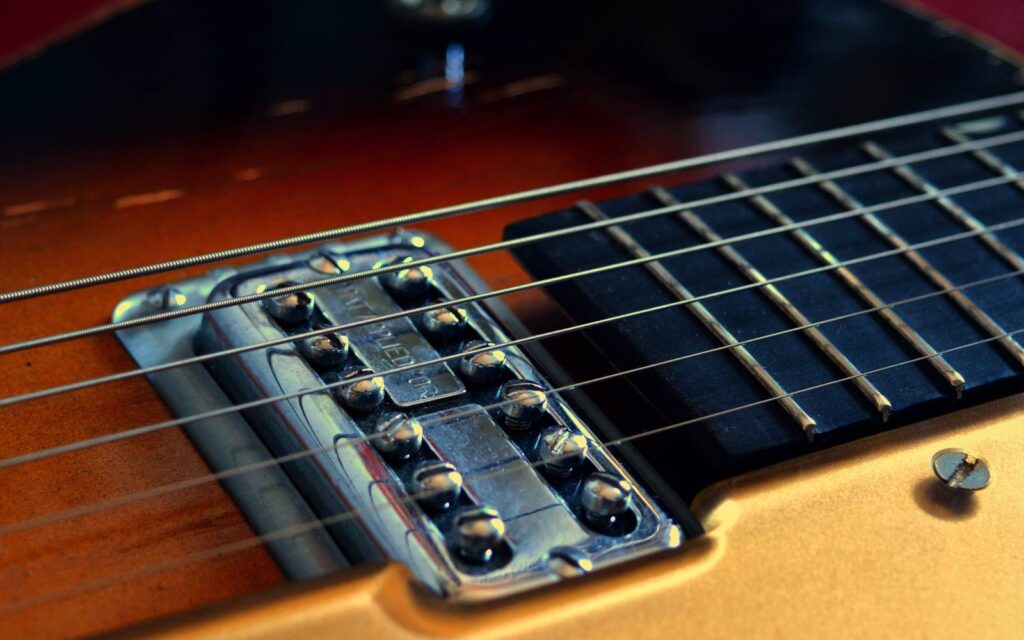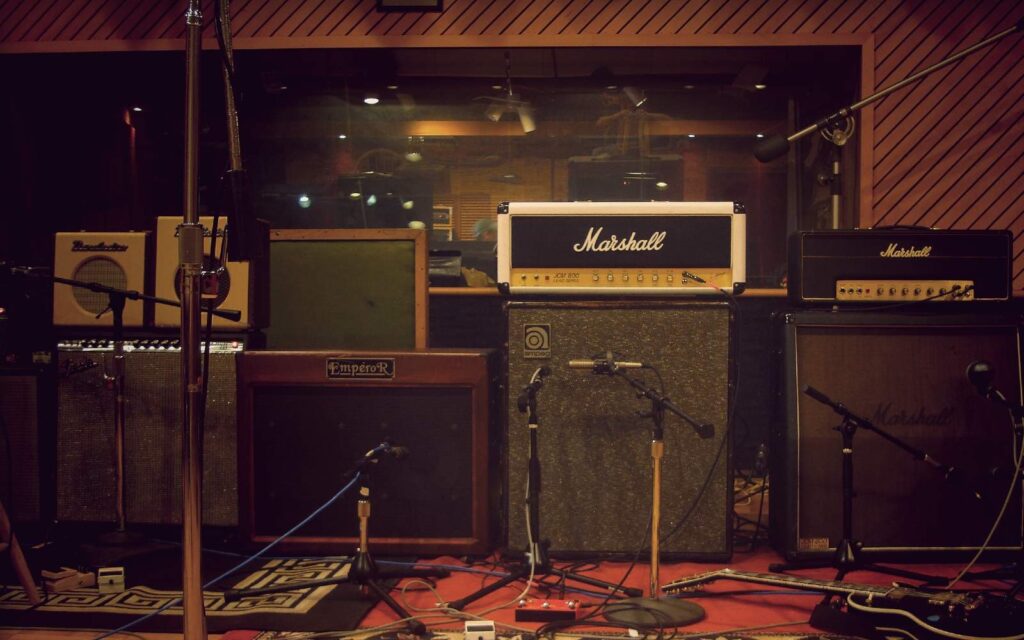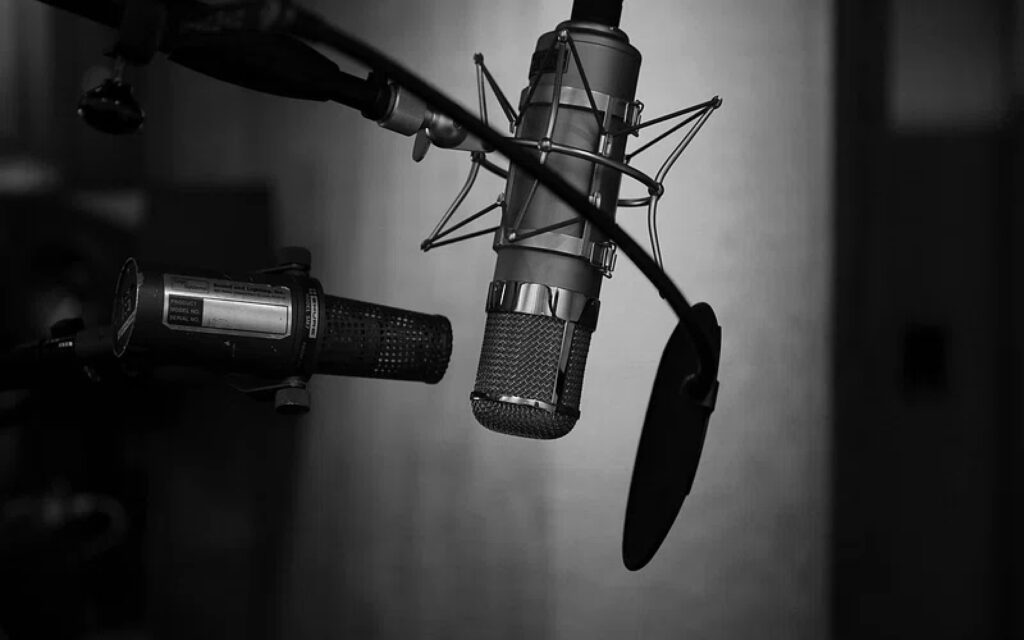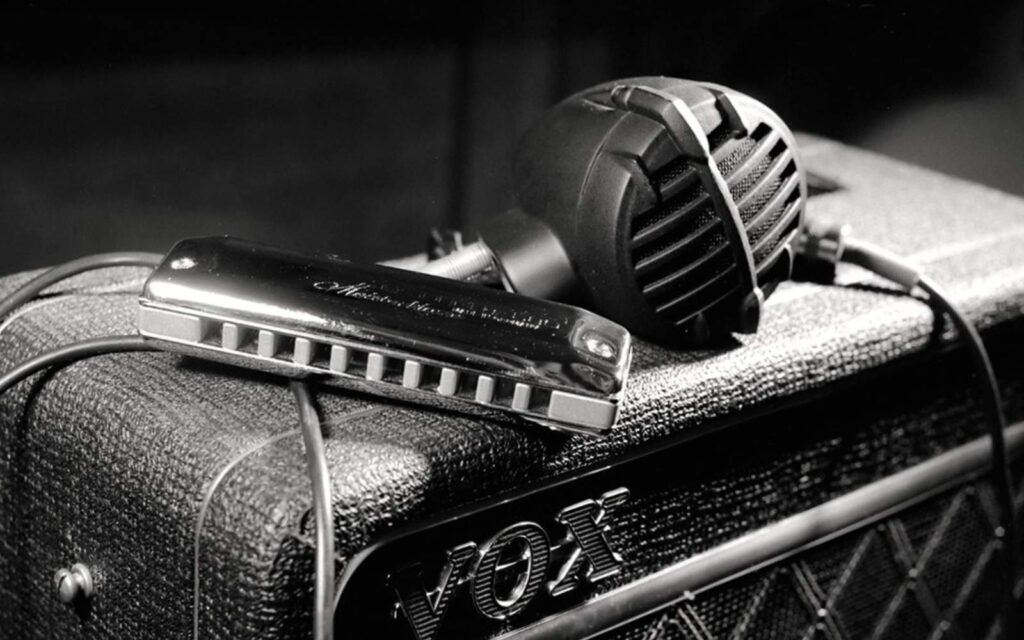Before the iconic model electrified guitar enthusiasts and graced the hands of legendary artists, the Flying V would take a little while to get off the ground.
When Fender introduced the Stratocaster during the ‘50s, Gibson’s sales began to suffer, and this sparked Gibson president Ted McCarty to push for a line of modernist guitars that could compete directly with the Strat. What resulted was the development of some of the most desirable models of all time, including the Explorer, the Sunburst Les Paul Standard and of course the Flying V, all debuting in 1958.
A year prior, prototype models were developed, including a mahogany version which was abandoned due to its weight; Gibson instead opting for wood from a Limba tree. This was marketed as the ‘Korina’ (a term Gibson invented), a West African hardwood (usually known as Limba or Afara), which was similar in colour to mahogany with similar tonal characteristics, but much lighter weight. The Futura and the Moderne also debuted in ‘57, as the sister models, making their first appearance at the NAMM Convention (National Association of Music Merchants) that year.
Read up on all the latest features and columns here.
Their marketing campaign stated, “Gibson leads the way with this design of the future… the swept-back, modernistic lines of this really forward-looking instrument will be a real asset to the combo musician with a flair for showmanship.”Of these three designs, only the Flying V’s shape remained the same throughout the official production stage, with the Futura (now known as the Explorer) having its body and headstock modified, and the Moderne unfortunately never actually going into production.
Well… perhaps the Flying V was slightly too radical for its time because initially it failed to leave the tarmac, and really wasn’t all that successful with fewer than 100 made and sold. In early 1959 it was phased out of production, and leftover parts sat in the Gibson factory until the early ‘60s, when about 20 more Flying Vs were made. These models featured a few changes, with nickel plated hardware as opposed to gold, a Tune-o-matic bridge with 60s style retaining wire and patent number humbuckers in place of PAFs.
Blues guitarist Albert King helped popularise the model years after it left production- taking a liking to the V’s symmetrical shape, which suited his unorthodox reverse string style of flipping the right-handed guitar around. Rock great Dave Davies of The Kinks was another, (although a bit later) he purchased his original ‘50s V for a mere $60, which can be seen on the front cover of The Kinks Greatest Hits from 1966.
As a result of this new exposure, the V had a surge in popularity, and due to increased demand, Gibson issued a new model in ’67- this time sporting a mahogany body and neck, modified headstock, larger pickguard and traditional stop tail piece (instead of the v shaped string-through-body one). This model is now the standard when it comes to the Flying V, although earlier ones are periodically reissued.
It’s hard to talk about this iconic model without mentioning Jimi Hendrix- the rock and roll hall of famer owned ’67 and ’68 models of the V, but it’s his ’69 version that was most famous. Gibson built this one-of-a-kind left-hander for him, featuring Native-American arrowhead fret marker inlays, gold plated hardware, and a pearl Gibson logo inlay on the headstock. It was famously used at the Isle of Wight Festival in 1970, and in 2020, Gibson produced 150 recreations of the model.
Mark Bolan of the band T. Rex owned a rare walnut version, which was one of only 35 produced between ’67 and ’71 and Billy Gibbons of ZZ Top played an early Korina model on their album Fandango! from 1975. The appearance of the Flying V made it a hit among heavy metal guitarists too- Paul Stanley of Kiss, James Hetfield from Metallica and Megadeath’s Dave Mustaine all using the esteemed model.
When Tim Shaw arrived at Gibson in 1978, he was tasked with designing a companion guitar for the new E2 Explorer- this would be known as the V2, which retained the shape of the original V, but instead sported a 5 layered sculpted walnut and maple body. They initially came in a natural finish to accentuate the layered effect, which Gibson coined the “Sandwich”- the sculpted body giving it a 3d look. The V2 was a bit of a flop with only 157 shipped in 1979, and besides the steep price point ($1,199 usd in 1979) the main concern players had was the sound of the non- traditional humbucker pick-ups.
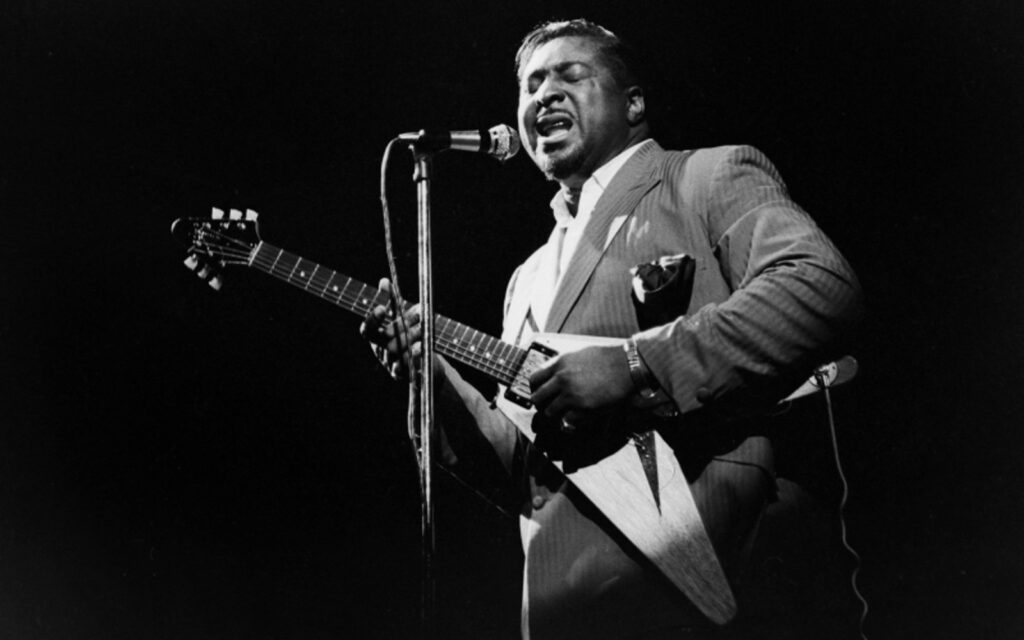
From 1979 to ’81, they featured “boomerang” pick-ups- designed to sound like single-coils, and in 1982 they used “dirty finger” pick-ups on a select number of models. Gibson officially discontinued the V2 in 1982 after it failed to meet sales expectations. Between 2007 and 2008, as part of Gibson’s Guitar of the Week promo, the Reverse Flying V was released in a limited run of 400. As the name suggests, the body was rotated 180 degrees to achieve this style, and as bizarre as that may sound it was actually a bit of a hit. It was so successful in fact that several months later, they decided to re-release the model to commemorate the 50 the anniversary of the original Flying V.
Fast forward to today, and Gibson and Epiphone currently produce ’58 style models of the V, designed to look like the early Korina version, and although it’s one of their most celebrated models, it’s found itself discontinued on and off again during the 2010s along with the Explorer. In 2015, a limited run of high-performance Vs were produced by their Custom Shop as demos for the Japanese market. Designed like the mid-70s Vs, these featured a 6lb slimline body, small headstock and Granadillo fretboard. The following year the Pro was released, carrying over elements from the Japanese models, but since the release of the 2017 models, Gibson has changed its name to the Flying V 2016.
As of 2017, Gibson differentiates model years by including the year in the name (2017, 2018, etc). Truly ahead of its time, the modernistic look of the Flying V has made it a timeless classic, and it’s not hard to see why it’s found its way into the collection of so many guitar legends.
Read more about the Gibson Flying V here
